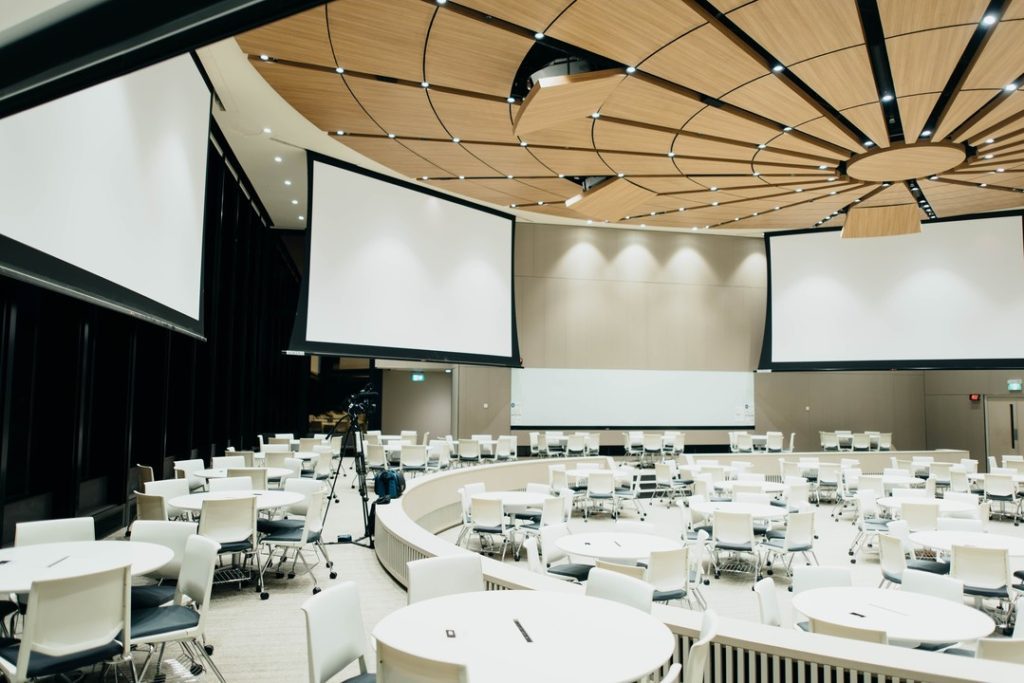Missing the office and the daily interaction with your coworkers? Ready to hang out again in the breakroom, catching up on current events and weekend plans? Needing to get that daily routine back to stay productive in work and in your personal life? Many employees across the country, while having figured out a way to work from home, are eager to get back into the office, to the life they knew before many businesses shut their doors to keep their people safe. While people long to return to their “normal”, there is still uncertainty on what the work environment might be like upon their return. Will team meetings be the same if you are spread out in the room or even some attending virtually? How will the use of interactive devices that require touch to navigate in room systems or equipment operate? What kind of means will be taken to assist with everyday tasks that we do not even think of such as turning on the lights or setting the alarm? All valid questions and concerns, but each can be addressed with an audio-visual solution.
Let’s start at the front door. You are the first to arrive at the office and one of the first things that needs to happen is to turn the lights on. Your hands are full carrying your coffee, lunch and laptop bag, there is a pump bottle of hand sanitizer on the welcome desk, but the alarm (both physically & mentally) is ticking down to sounding off. How do you put your things down at your desk or office, hustle back to clean your hands with sanitizer, possibly glove up before turning on a light switch? Such a simple task that now will have prerequisites prior to completing. Adding occupancy sensors will help eliminate the need to flip a manual switch, but many underutilize these sensors because they can also be tied into the audio-visual system, turning on various different equipment in your welcome area, offices, meeting rooms and common areas.
Collaboration offices, Project rooms and Conference rooms will also receive a high focus for upgrades to provide a safe environment. Several wireless AV components can be chosen to allow an easy way for a user to connect and present; of course, this means the reliance upon the WiFi internet will become even more of a focus for IT departments. Room schedulers can be tied into a reservation system that is easily accessed through a centralized Kiosk or even remotely online through an email address, reducing the need to physically touch the scheduler to reserve the room. Interactive displays will continue to develop with ways to operate from a touchpad or a safe way to sanitize before & after each use. In-room touch panels for large board rooms could see a change in the format & layout of the necessary buttons to tap for the system to operate or for a user to get to the conferencing mode they desire. Voice recognition and face recognition could see a spike in interest as employers search for ways to reduce the need for touch. Many things can already be done using a personal cell phone and implementing AV equipment that allows one to use their own device, this could be another added bonus across the board for any type of room.
It is easy to see that many areas of concern will be in the minds of employees as they return back to the office. The great thing is that there are solutions that exist today, along with countless conversations taking place to further the idea of touchless systems. For systems that are already in place, several easy implemented solutions are at the fingertips, or maybe this is a perfect time to fully upgrade the system with less contact in mind. Regardless of where you currently stand, have faith that AV is evolving with safer measures in mind that can accommodate many of your needs.



